Panasonic Lumix S5 review
Blending together the best of both worlds, this full-framer is what we’ve been waiting for from Panasonic
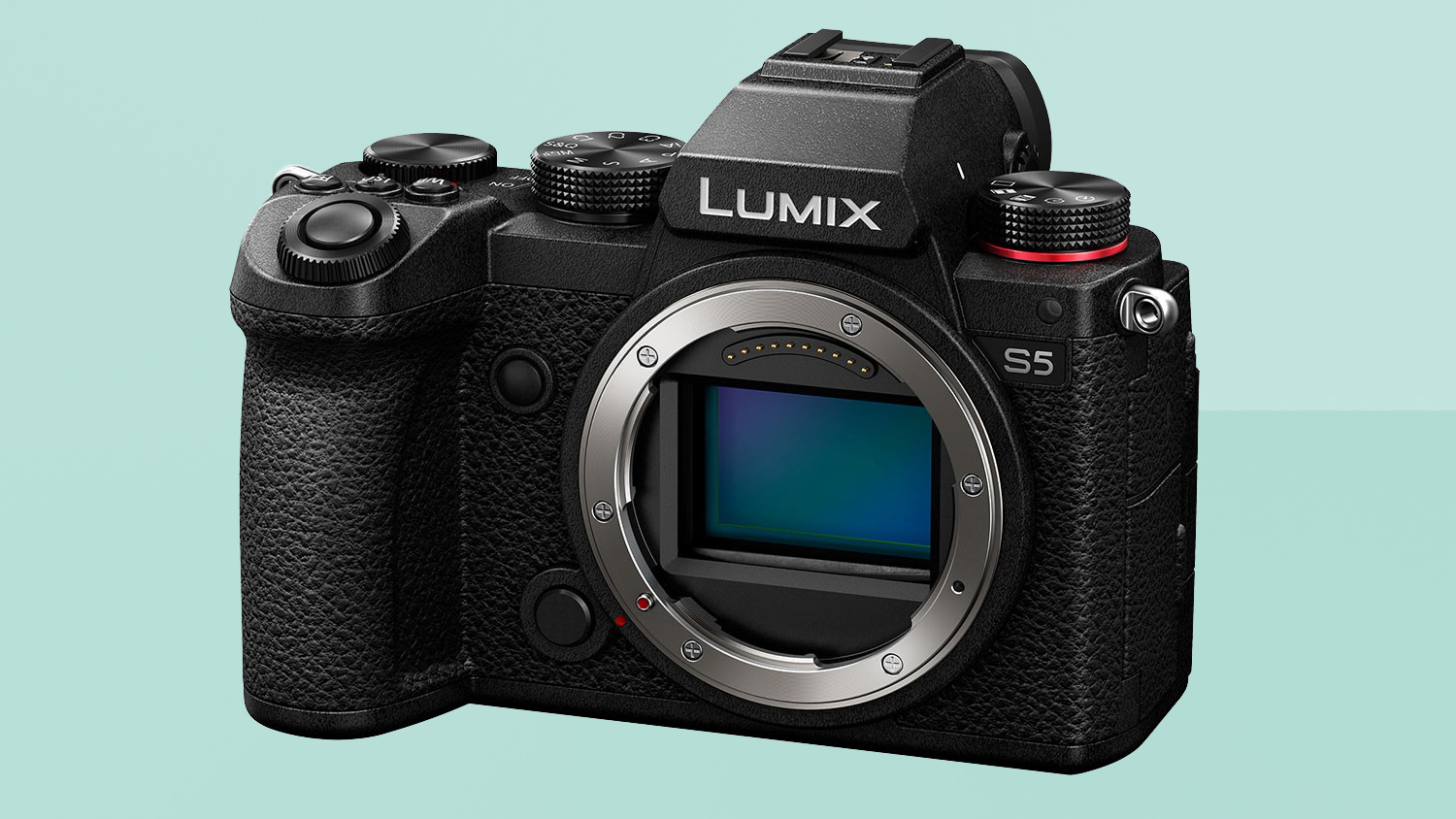
Panasonic has faced a lot of criticism with its S series of full-frame cameras - they haven’t been as warmly received as its smaller-format G series. By listening to that feedback and essentially melding together the two lines, the S5 very much feels like the camera we hoped to see from Panasonic in the first place. A full-frame sensor in a small, light and ergonomic body makes it a fantastic hybrid model - but it could be too little too late in a now crowded marketplace.
-
+
Great handling
-
+
Fantastic video specs
-
+
Fully articulating touch-sensitive screen
-
-
Advanced video users will miss the full-sized HDMI port
-
-
Compatible lenses are large compared to the body
Why you can trust T3
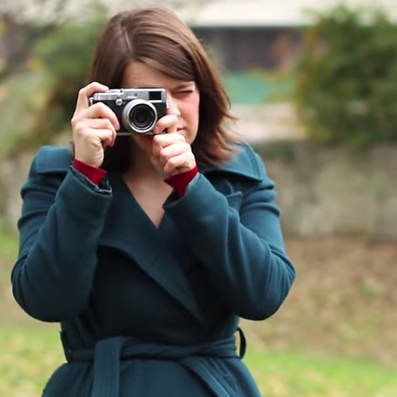
Panasonic’s foray into full-frame territory has been met with a lukewarm reception. Despite a fantastic array of video specifications, those in the S1 range have been criticised for unwieldy handling and slow autofocus.
As such, the tech giant has tried its best to address those problems with its latest full-frame model. The Panasonic S5 sits underneath the S1/R/H cameras, aiming to be an entry-level full-framer that is also appealing to those with video requirements. The really impressive thing here is that the S5 manages to be smaller and lighter than the Panasonic GH5 - the company’s mega-popular hybrid camera which packs a much smaller Four Thirds sensor.
There’s also been other criticisms addressed, most notably for the autofocusing system which Panasonic says has been overhauled for the S5. There’s also now a fully articulating touch-sensitive screen which vloggers will likely be grateful for.
However, it’s also true to say that the full-frame mirrorless market is a more competitive field than ever before. Although there’s lots to like about the Panasonic S5, it finds itself up against a huge raft of competing models - but let’s find out if it’s too little too late.
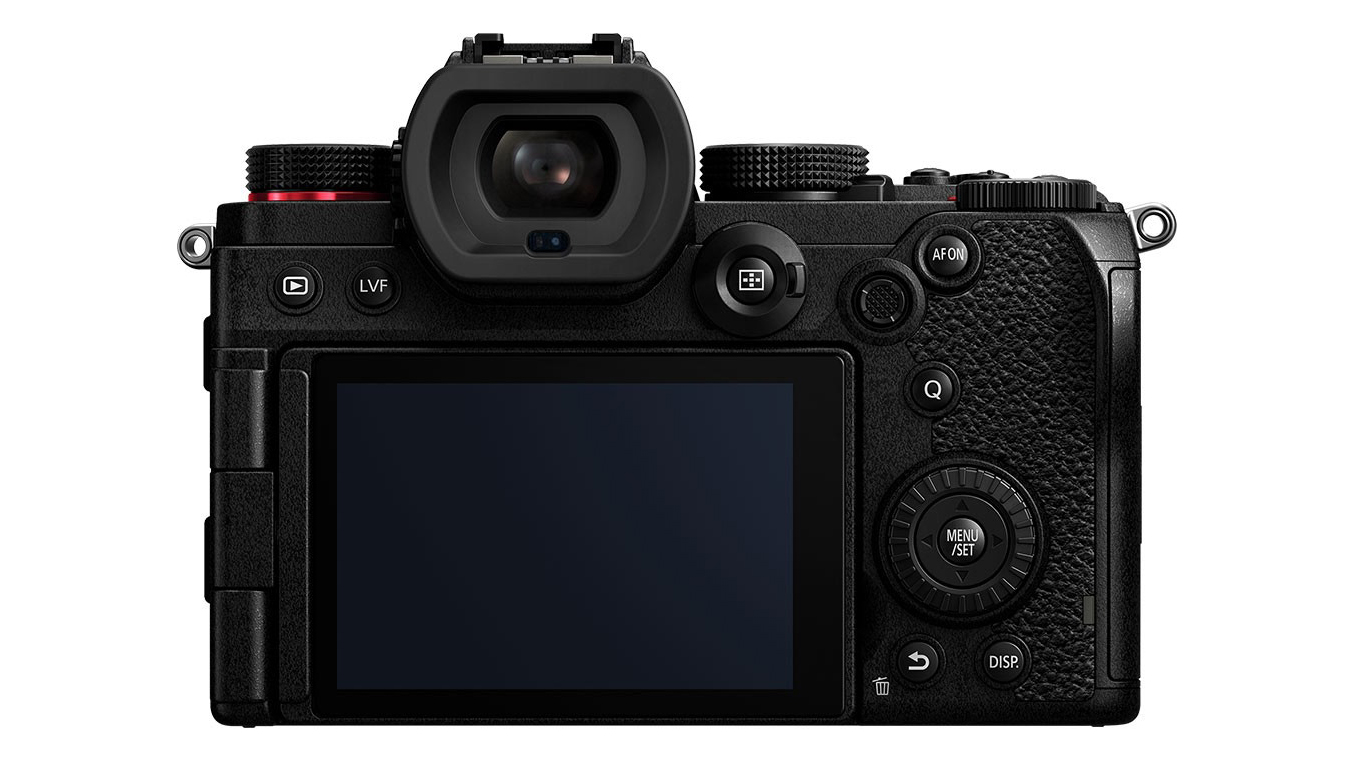
Panasonic S5 Review: Design and Handling
A key advantage of mirrorless is supposed to be that they can be smaller and lighter than their DSLR equivalents. With the original S1/R/H series, Panasonic produced a mega-beast of a camera that was in fact larger than some DSLRs. For the Panasonic S5, the design takes a much better direction, managing to fit everything into a body which is actually smaller than the Panasonic GH5 - a much smaller model with a much smaller sensor. Impressive.
As standard, the S5 comes with a 20-60mm “kit” lens, which is collapsible and matches well with the small size of the camera. If you want to swap lenses, there are a decent number available for the L mount, especially since Panasonic is an alliance with Sigma and Leica. However, L Mount lenses are quite large and aren’t quite as well balanced on the S5’s small body.
Otherwise, the S5 had a very functional or ergonomic design. There’s a thick and chunky grip, and a good array of dials and buttons across the body of the camera. There’s a large exposure mode dial for quickly switching between shooting modes, as well another for setting drive mode. Key settings such as aperture and shutter speed can be adjusted via the dual control dials at the front and rear of the thumb grip.
On the back of the camera there’s a good set of buttons, which are fairly self-explanatory. A “Q” button can be pushed for quick access to a set of frequently used settings, while there’s also a joystick which comes in handy for moving the focus point, as well as navigating around menus and so on.
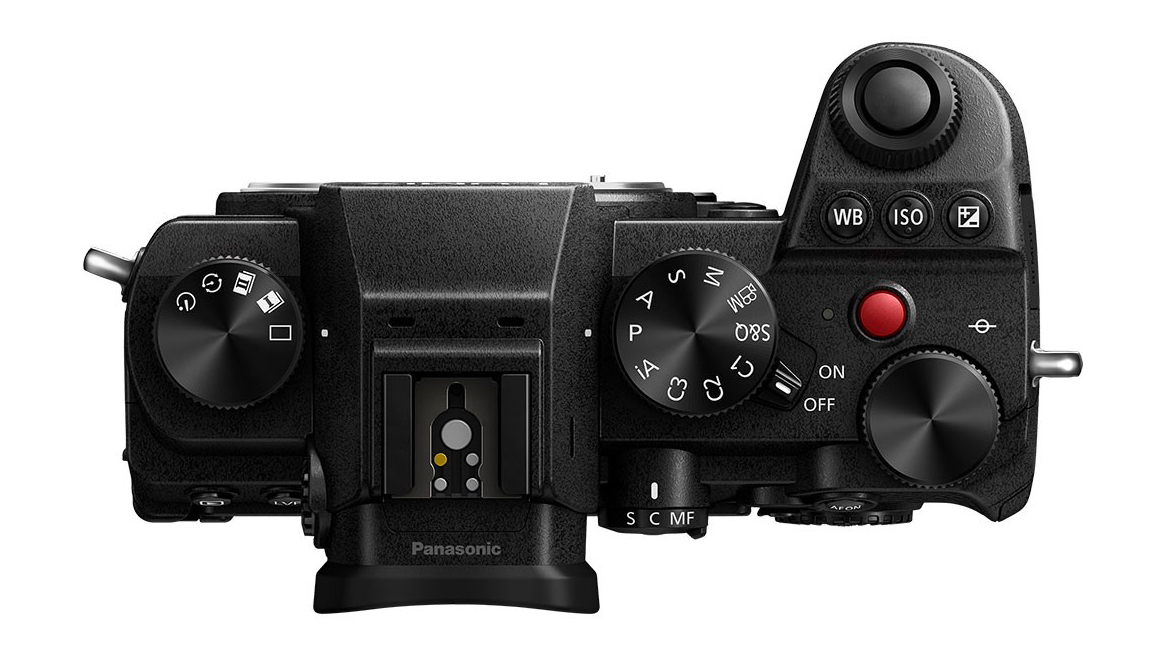
Panasonic S5 Review: Features
Sitting at the heart of the S5 is a 24.2 megapixel sensor - the same as the one found in its sibling, the S1. Placing an already proven sensor inside this smaller and cheaper body is a wise decision that makes the camera easier to pre-judge.
Keen to address the autofocus performance criticism levied at the S1 series, Panasonic said at the time of the S5 announcement that it had “rewritten the algorithm”. It still uses a contrast-detection based system, as well as DFD (depth from defocus) technology rather than the hybrid type of systems we typically see elsewhere.
The S5’s screen is fully articulating and touch sensitive. The former feature makes it more appealing to video users, and was another key criticism of the S1 series. Joining it is a 2360k-dot 0.74x OLED viewfinder, which is lower in resolution than the viewfinders you’ll find in the S1 series, but that’s to be expected from a cheaper model. It’s still a very good performer which allows you to survey the scene accurately - indeed, if you’ve never used one of the better viewfinders, it’s unlikely you’ll be too disappointed.
Panasonic is well-known and well-regarded by video users, so it’s no surprise to see it chasing that audience here with the S5. It can shoot at 4K at 60p - albeit with a crop applied, or at 30p without one. 10-bit recording is available internally, but you must restart video after 30 minutes. Alternatively you can shoot unlimited clips at 8K.
V-Log recording is also available, boasting 14 stops of dynamic range. There’s also specs such as dual-native ISO, anamorphic 4K and time-lapse recording. All of that may be of no appeal whatsoever if you’re predominantly a stills shooter, but for those who like to create various type of content, it’s ideal. There is one compromise to be aware of however - the S5 uses a micro HDMI port, rather than a full-sized one, which can be problematic for professional users.
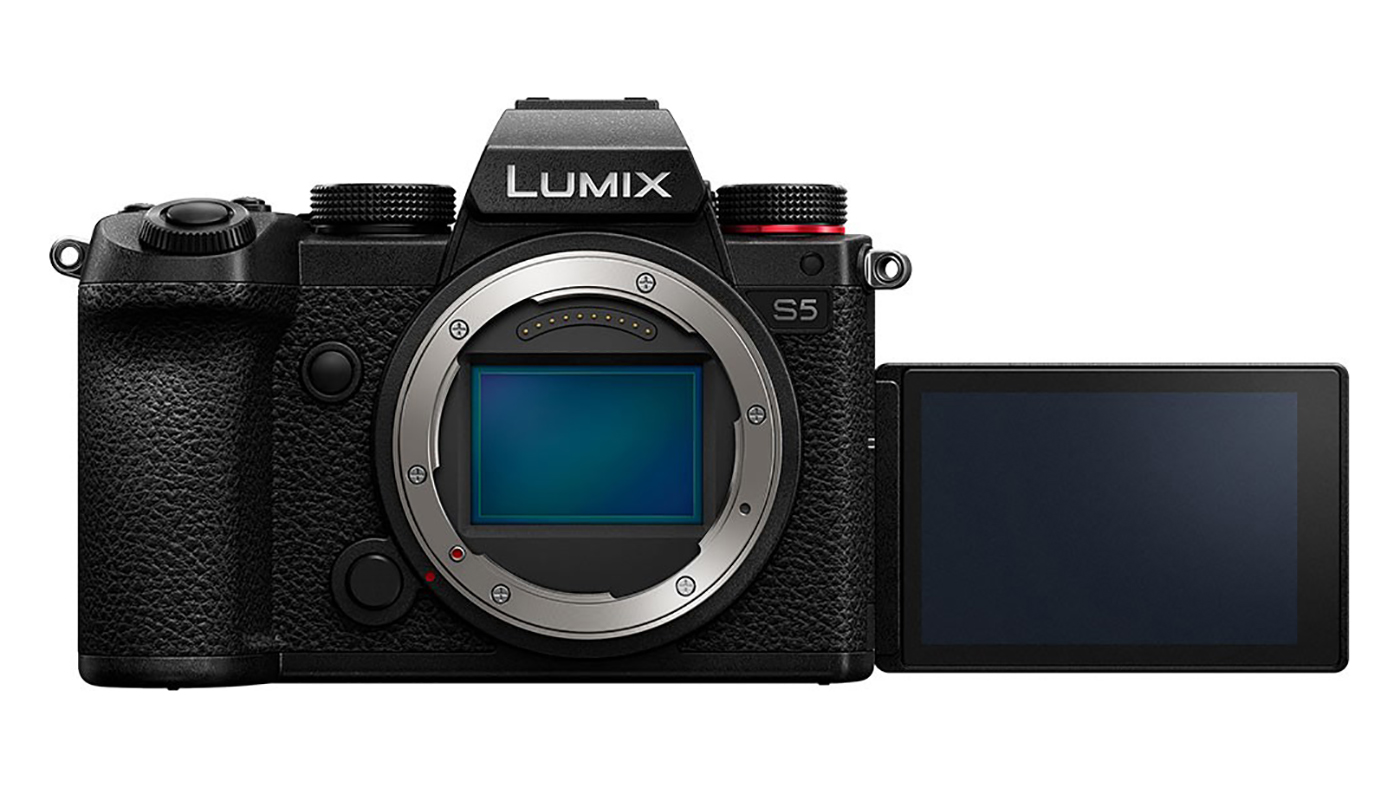
Panasonic S5 Review: Performance
The good news is that autofocus has definitely improved from the S1 series. It’s effective in the majority of situations, and it is also decent at following subjects that are moving around in a reasonably predictable fashion. However, it’s still very much bested by other cameras on the market, particularly Sony’s A7 III and Canon’s EOS R6 models, which are in the same bracket as it.
It’s also a bit of mediocre performer in terms of burst shooting. It offers 7fps shooting at full resolution, which is nothing to write home about. You can use Panasonic’s 4K/6K shooting options to capture images at 30fps, but then you don’t get the raw files - and it takes effort in camera to go through and extract the shot you want. In short, if you’re somebody that is regularly photographing action, sports and wildlife, this isn’t really the camera for you.
As the S5 uses the same sensor as the S1, we already knew that image and video quality was likely to be very good. Again, there’s good news here as it proves to be the case in the vast majority of situations. Images contain plenty of detail as well as great colours and balanced exposures.
The 20-60mm kit lens is a great optic to get you started with, with the wide angle being wider than we’d typically see from most kit lenses. That’s great news for landscapes but also comes in handy for shooting selfies and videos, too. Video quality is also good, with very smooth and detailed footage.
Panasonic S5 review: image samples







Panasonic S5 review: Verdict
There is a lot to like about the Panasonic S5, and it’s a good little hybrid camera available at an affordable and reasonable price. In fact, it could be argued that it’s the S5 that the company should have launched with.
Image and video quality is very good - which is arguably the most important thing. The body of the camera is also well-designed, with an ergonomic and sensible layout, very good electronic viewfinder and a much-welcomed fully-articulating touchscreen.
Essentially what you get here is full-frame performance inside the body of a Micro Four Thirds camera, which makes it very appealing as an every day or travel camera, for those wanting to keep size and weight to a minimum. L series lenses are pretty large though, so once you move past the 20-60mm kit lens, that can be an issue - though hopefully some smaller optics will be announced in due course to match bodies like this.
All of that said, there are still some problems with Panasonic’s S series that could put you off, largely due to the type of photographer you are. If you’re into action, burst speeds and autofocusing performance is not as good as you’ll find elsewhere.
With a hugely crowded full-frame mirrorless market now in operation, it will be interesting to see where Panasonic goes with its S line. The S5 shows us that things are moving in the right direction, though.
Liked this?
Sign up to the T3 newsletter for smarter living straight to your inbox
Get all the latest news, reviews, deals and buying guides on gorgeous tech, home and active products from the T3 experts
Amy Davies is a freelance journalist that covers cameras for T3 and many other sites. She is also Features Editor at Amateur Photographer magazine and, when she's not writing about cameras, she's probably taking pictures of her cute dog.
-
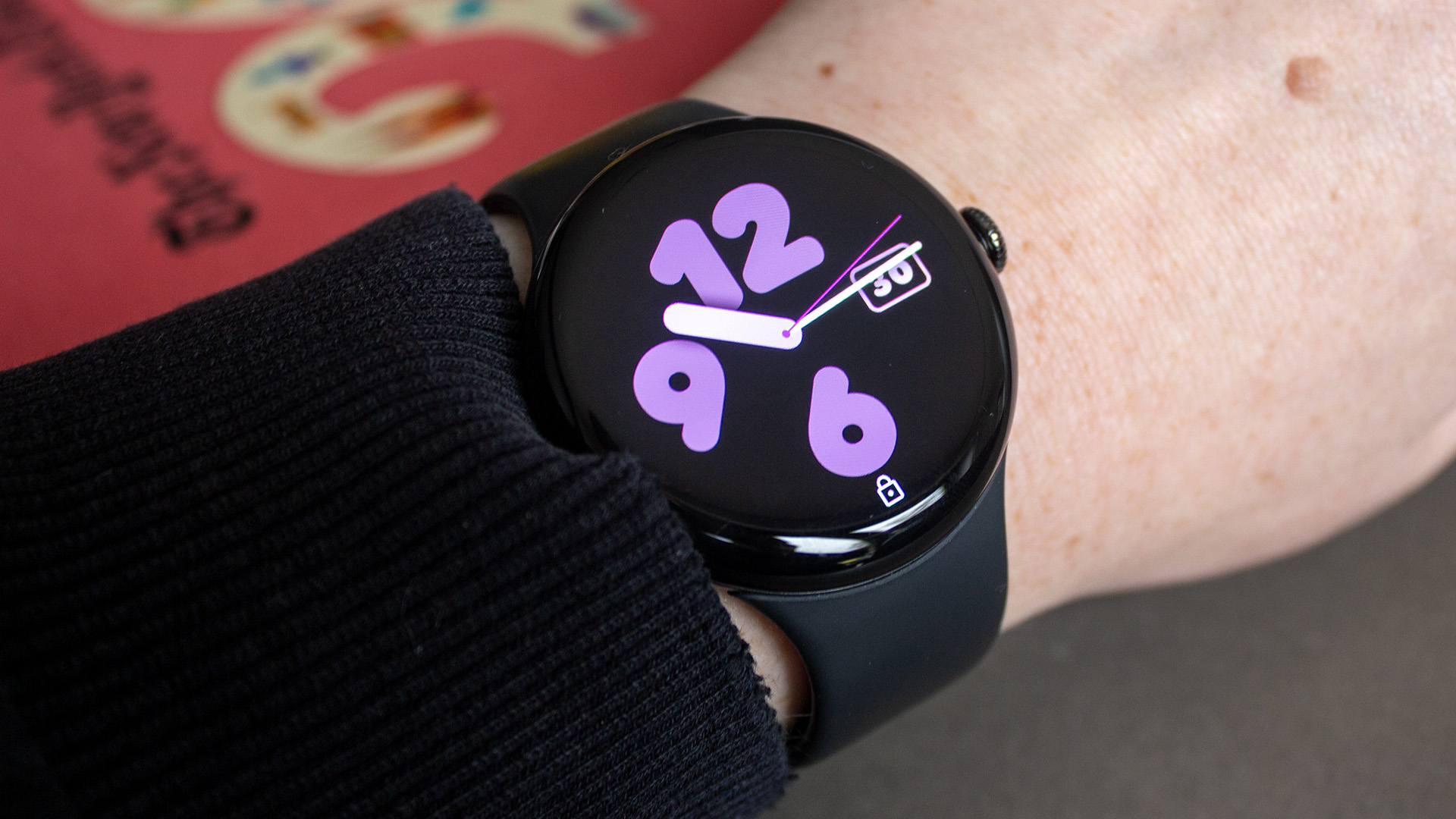 Your WearOS watch will get arguably the biggest app update in a generation soon
Your WearOS watch will get arguably the biggest app update in a generation soonThis could be a gamechanger
By Sam Cross Published
-
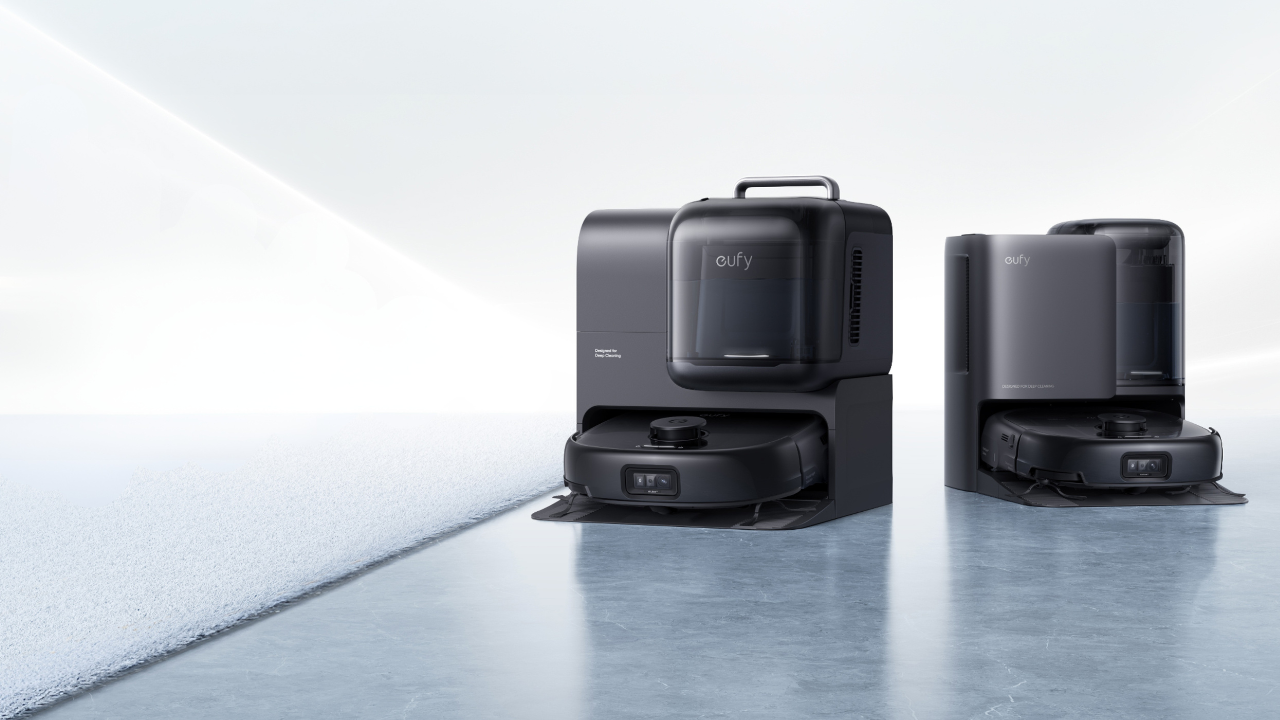 Eufy’s latest robot vacuum doubles as a portable deep cleaner for spot cleaning
Eufy’s latest robot vacuum doubles as a portable deep cleaner for spot cleaningA global first in home cleaning tech
By Lizzie Wilmot Published
-
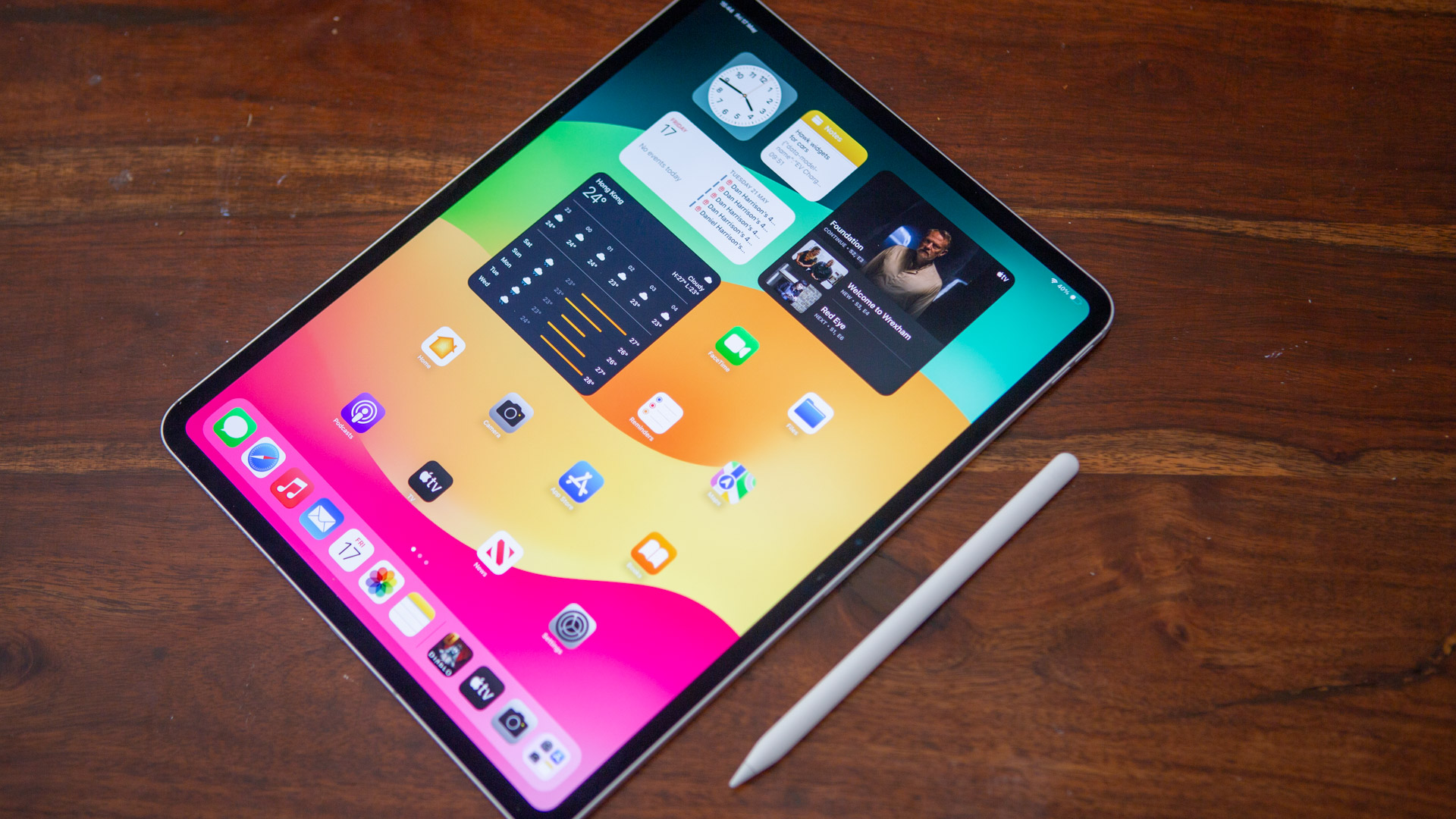 iPad reportedly getting major makeover and your current model could benefit too
iPad reportedly getting major makeover and your current model could benefit tooApple is said to be making a change that iPad power users have been wanting for years
By Carrie Marshall Published